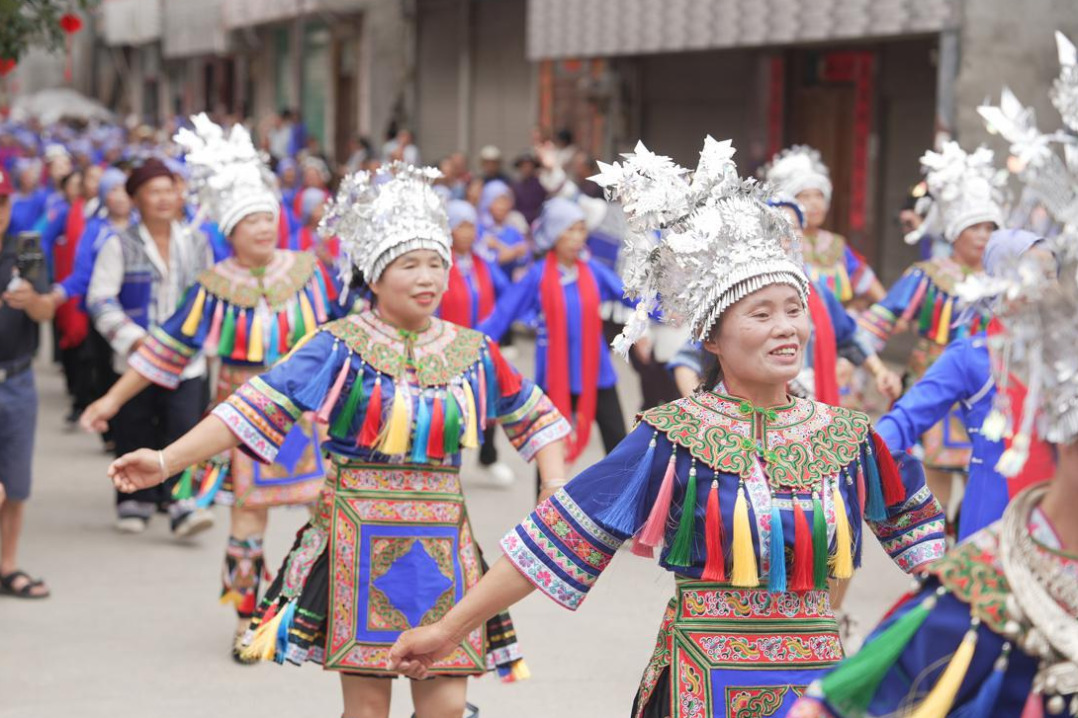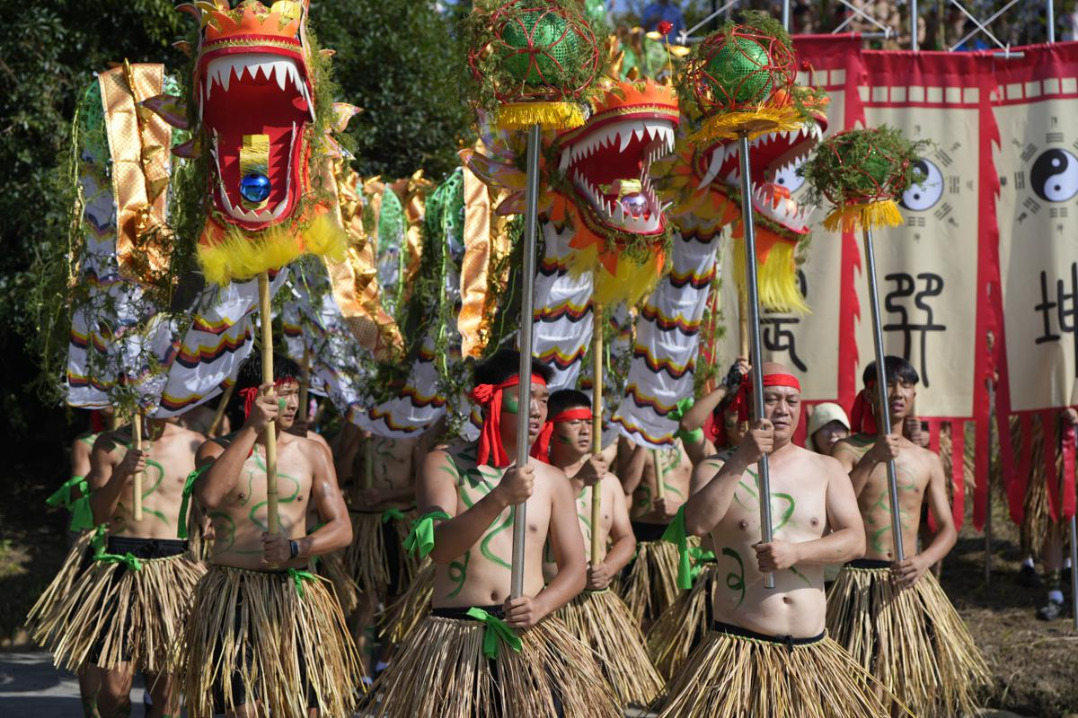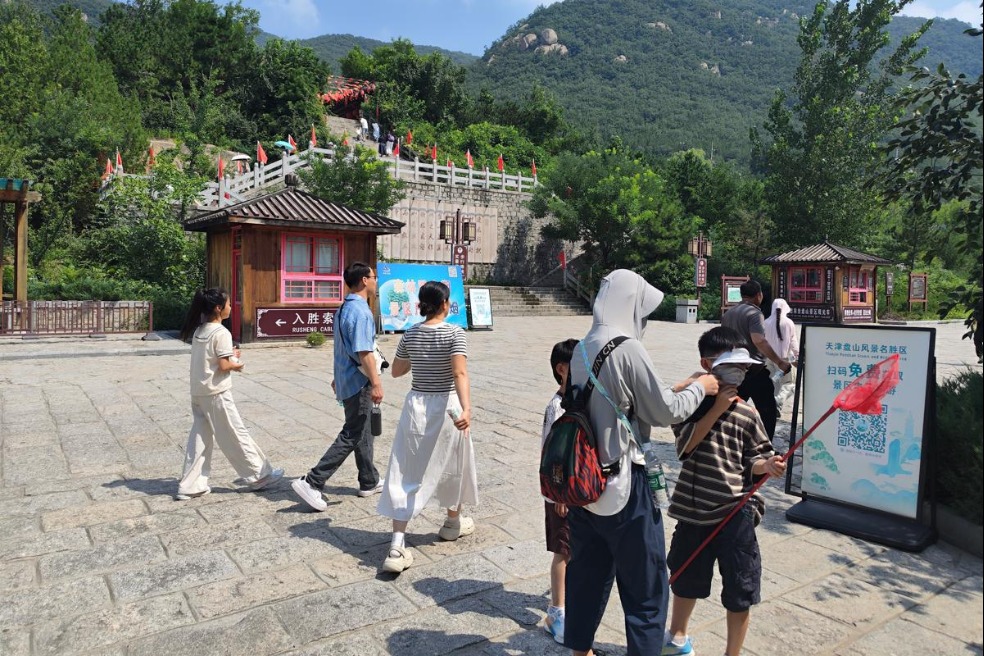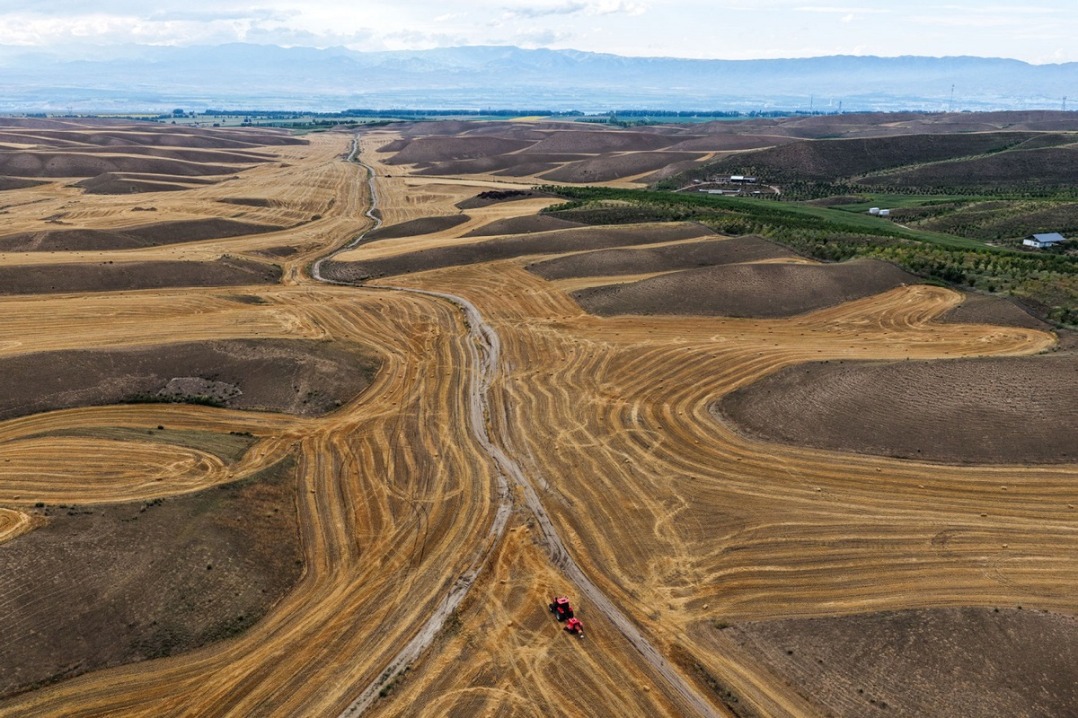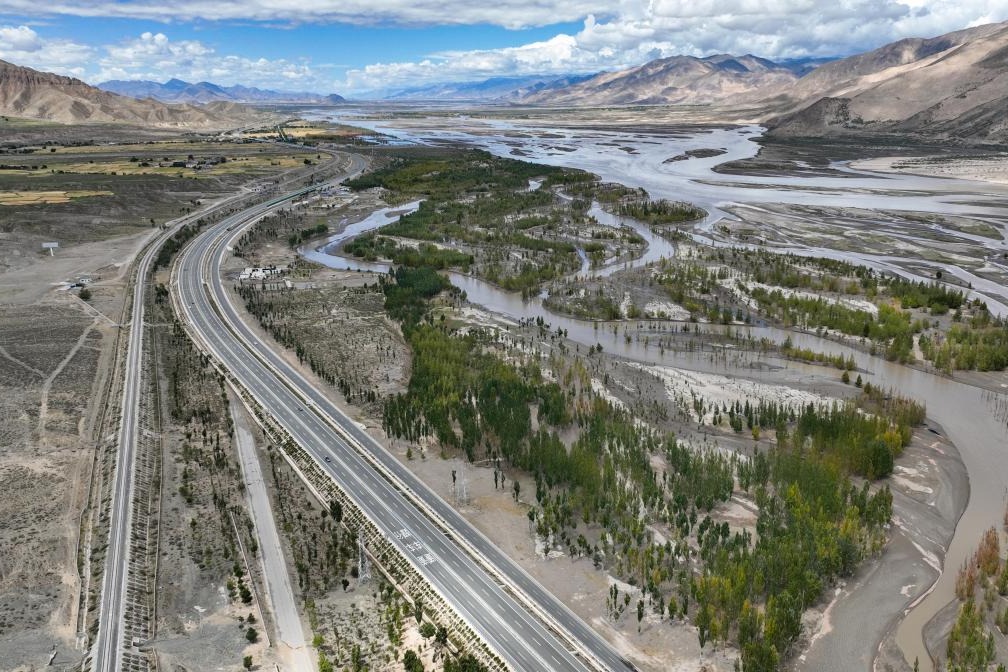Snap judgment

In different ways, Hong Kong photographers are creating images that present familiar sights in a new light, or spark the imagination. Madeleine Fitzpatrick reports.
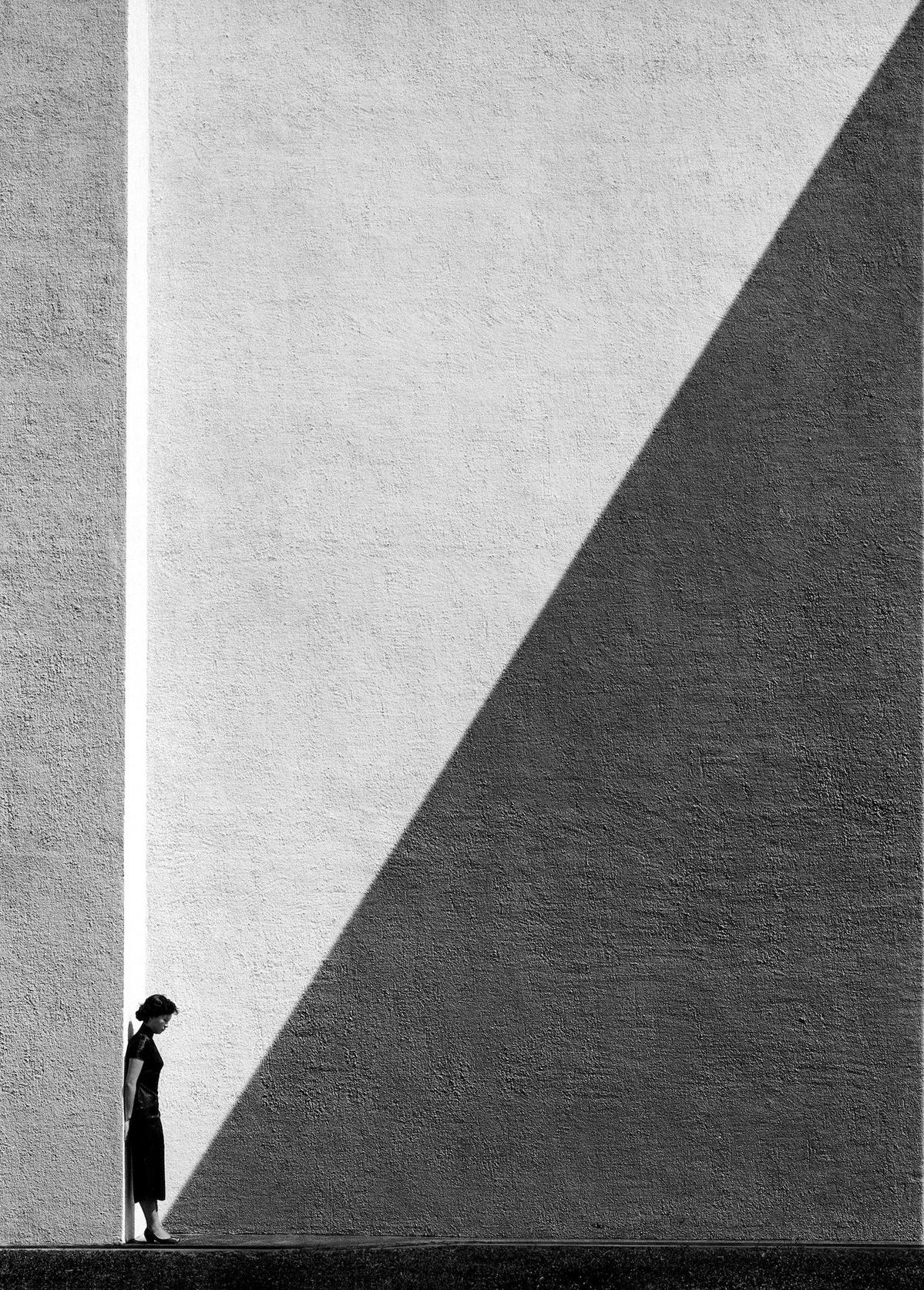
'Behind every urban or architectural space, there are thousands of stories and beautiful ideas," says Kevin Mak, architect, photographer and founder of the Streetsigns.hk neon and signboard conservation group.
Mak started taking photographs seriously while he was training to be an architect. He describes his photo vocation as a means of exploring the relationship between the city, its buildings and human life.
Over the decades, the visual language of Hong Kong photography has followed certain well-worn tracks. On one hand, there is the Blade Runner-esque, futuristic megacity, with its glittering skyscrapers and spellbinding architectural density. On the other, there are the exemplars of traditional Chinese culture - the bright temples and curling incense; the walla-wallas and wooden huts on stilts.
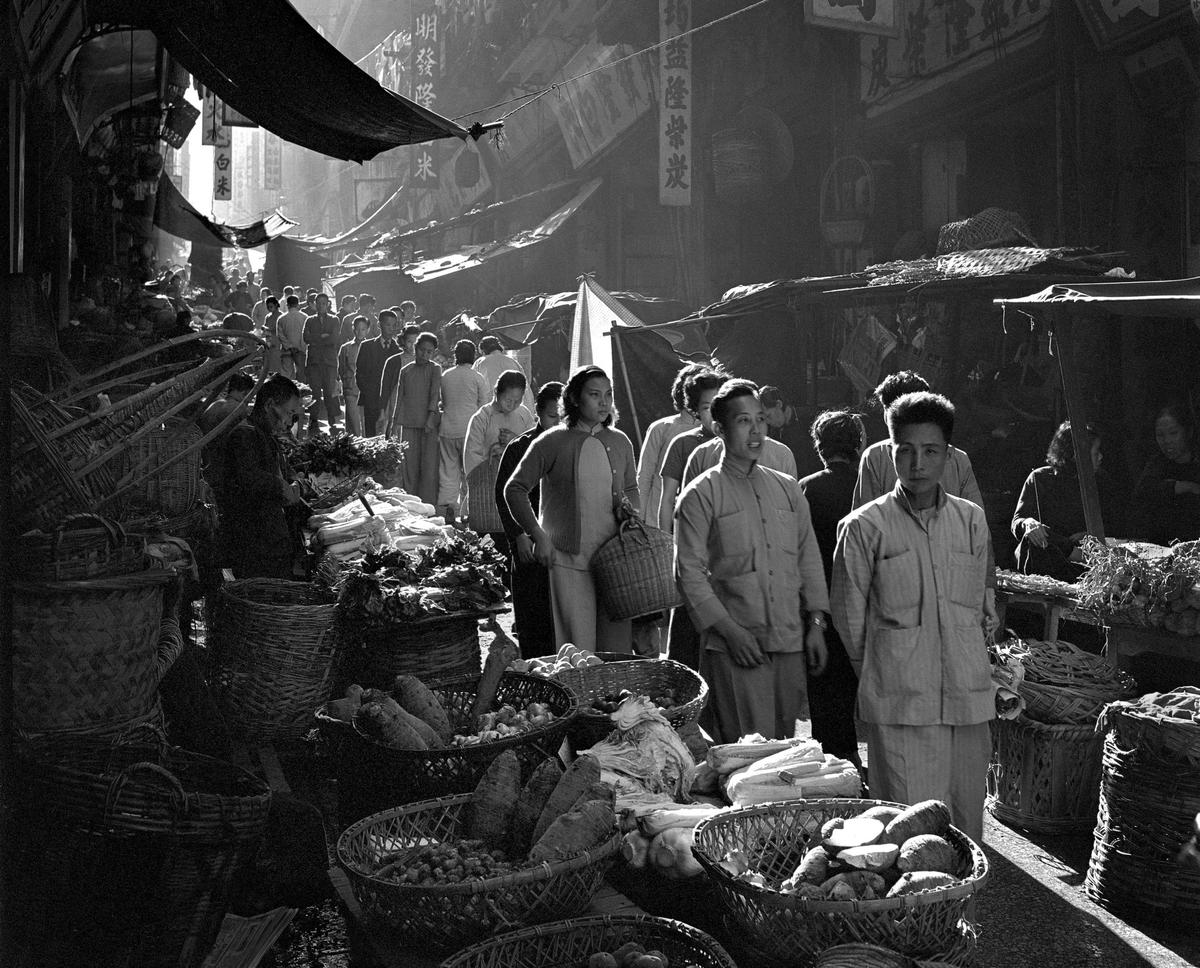
You wouldn't expect to find both aspects depicted in a single image - so it's intriguing to see, in Mak's Urban Ceremony, a humble bamboo structure, built for Cantonese opera, juxtaposed against the imposing urban sprawl.
"For me, it's the diversity, inconsistencies, conflicts and imperfections that make Hong Kong's cityscape unique," says the photographer. "I enjoy the experience of rediscovering our often-cramped and decaying living environments."
Mak captured a fleeting moment of beauty amid a scene of urban decay in Eastern Sea Industrial Building, a masterpiece of light and shadow (with a perfectly placed pedestrian) at the monochromatic end of color photography.
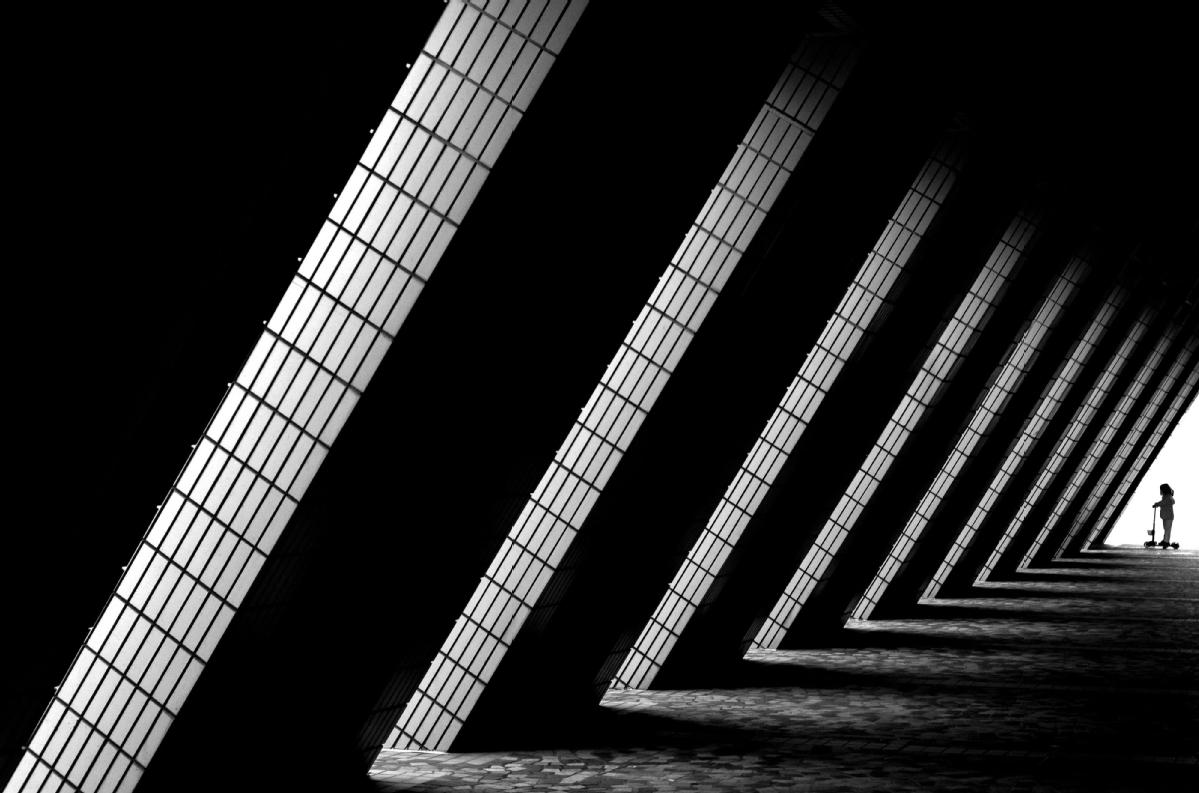
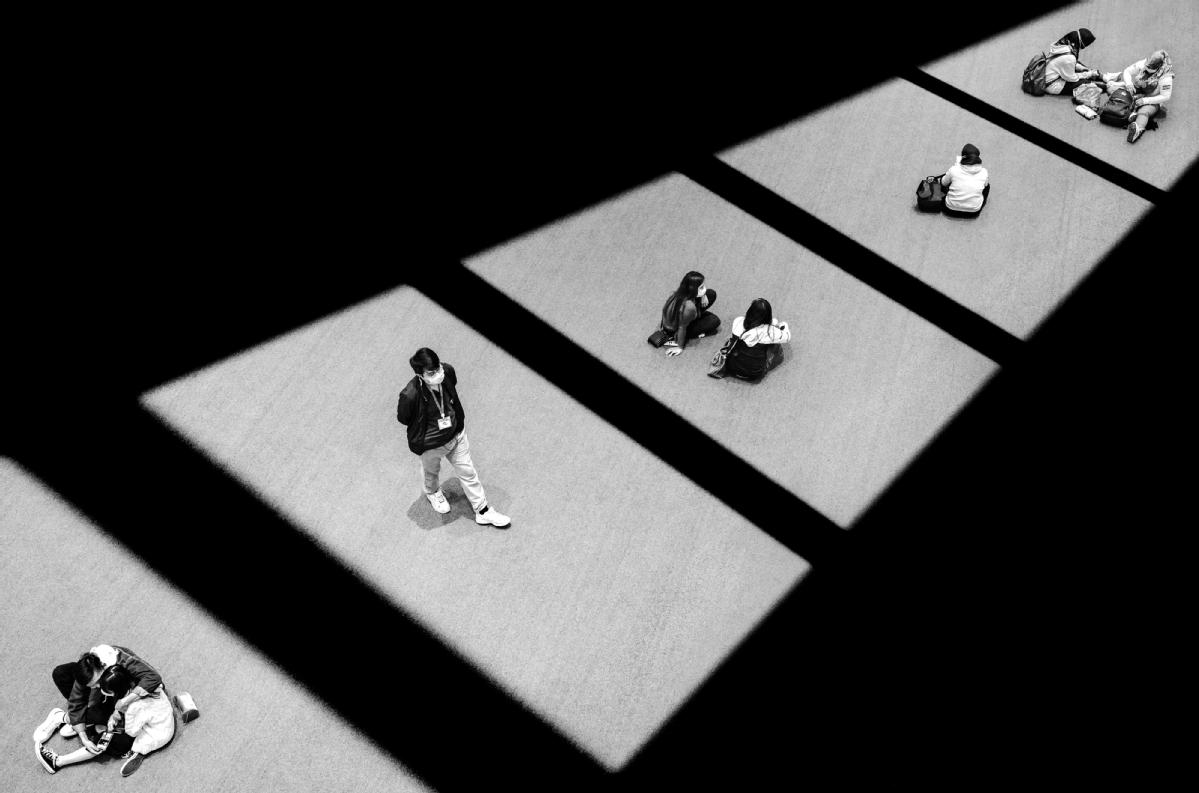
Living contrast
Hong Kong - with its strong, subtropical sunlight and highly built-up environment - provides an ideal canvas for photographers interested in capturing the daily dramatic play of light and shade. Following in the footsteps of Fan Ho - Hong Kong's original master of chiaroscuro, working in the 1950s and '60s - young street photographer Jason Au is an impressive black-and-white shooter whose works emphasize geometry, composition, and what the French master Henri Cartier-Bresson called "the decisive moment".
"Street photography is about searching for extraordinary moments in the mundane," says Au. "I see beautiful, fleeting moments happening everywhere."
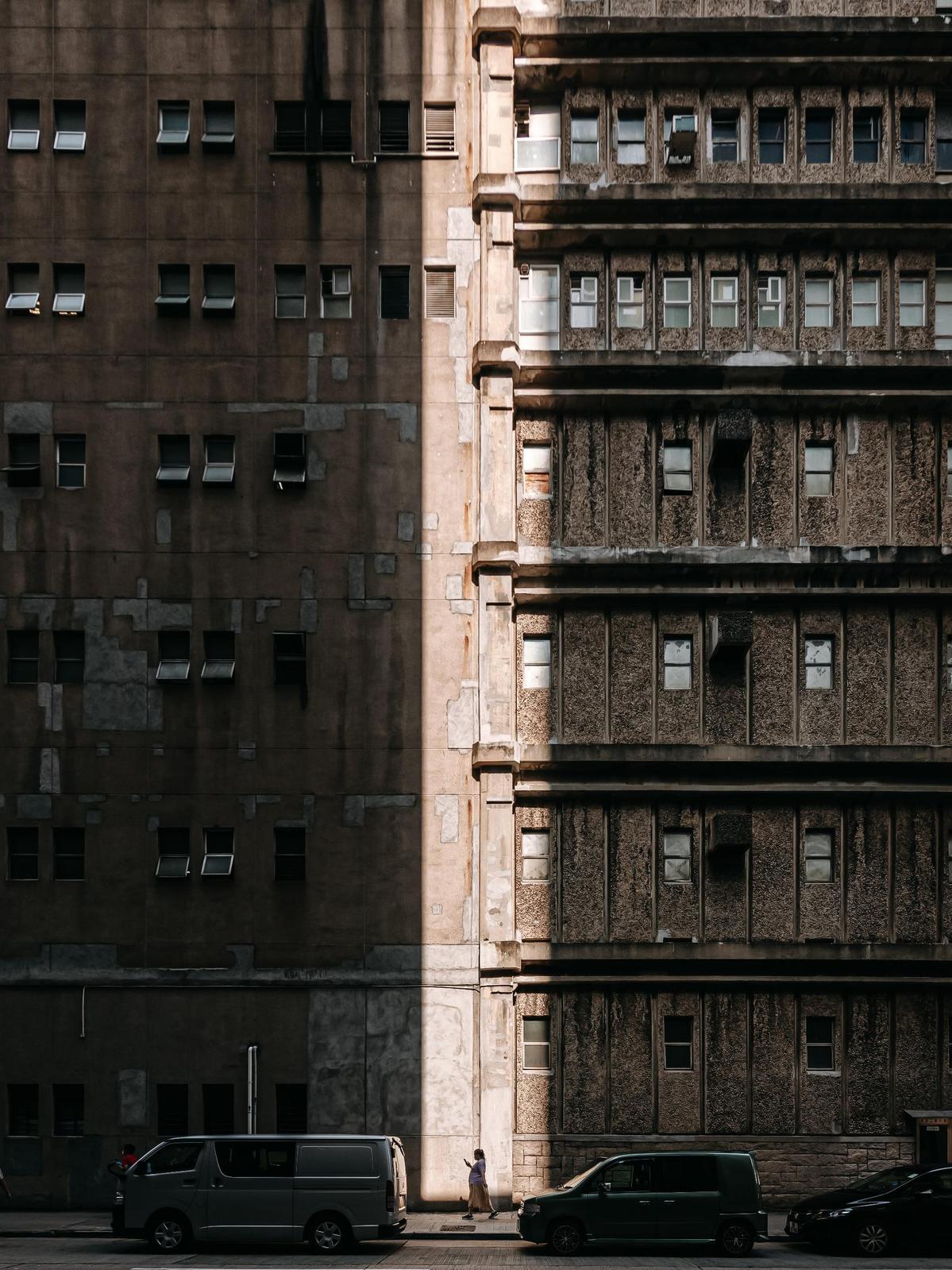

In Au's Tunnel Vision, a little girl is depicted at the end of the Hong Kong Cultural Centre's strikingly geometric outdoor passageway, the vertical and horizontal lines of her scooter mirroring the building's recurring lines. In Social Distancing, a man in midstride perfectly completes the vista of individuals and couples within frames created by light filtering into a Tsuen Wan shopping mall. At the time, no more than two people were permitted to gather.
For photographer William Furniss, one means of getting the viewer to see Hong Kong with fresh eyes has been to take the cityscapes we know so well, and look at them through a film of water. Shot from a tram, his Rain series sees Hong Kong street scenes tremendously distorted by sheets of rain to become impressionistic abstracts.
However it's shot, the success of a photograph resides in its ability to express emotion, says Sylvia Ng, chief editor from 1981 to 2005 of the Hong Kong-based salon photography magazine Photo Pictorial, and the curator of works by the late master street photographer Yau Leung. The hallmark of a fine work, Ng says, is when "the feelings and opinions of the photographer can be felt by the audience".
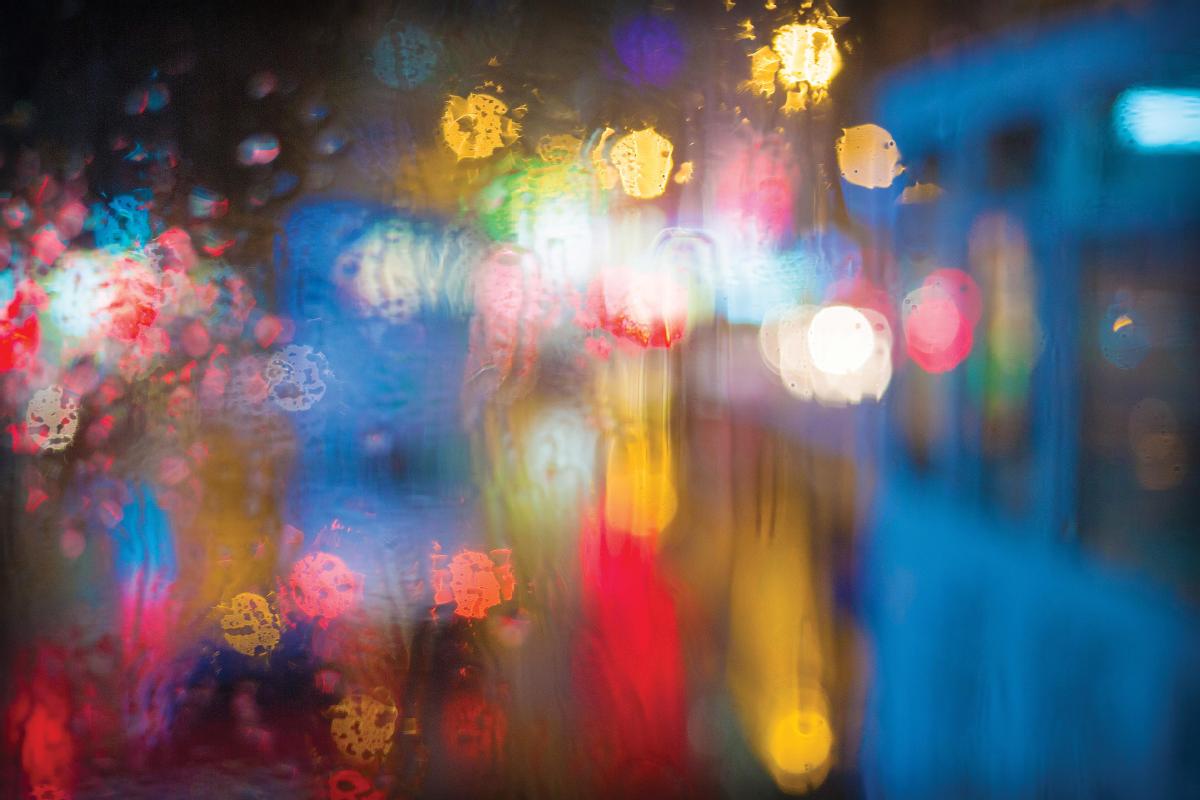
At a remove
"Artists in different ways are trying to distance themselves from reality and use photography to construct rather than merely document something," says Sarah Greene, founder of Blue Lotus Gallery. "It's in that distance that you have room for subjectivity and emotion."
She notes that black-and-white is a choice that moves the viewer further from reality.
"Black-and-white strips away realism to a certain extent," agrees Au. "It has an intriguing quality that can transform the mundane into something extraordinary." Without the distraction of color, he adds, "you're looking straight into the forms, gestures and soul of your subjects".
Many of Hong Kong's most-noteworthy photographers from the 1960s up to the present day have embraced black-and-white. The list includes Yau Leung, John Fung, Lo Yuk-ying, Wong Kan-tai, John Choy and KC Kwan.
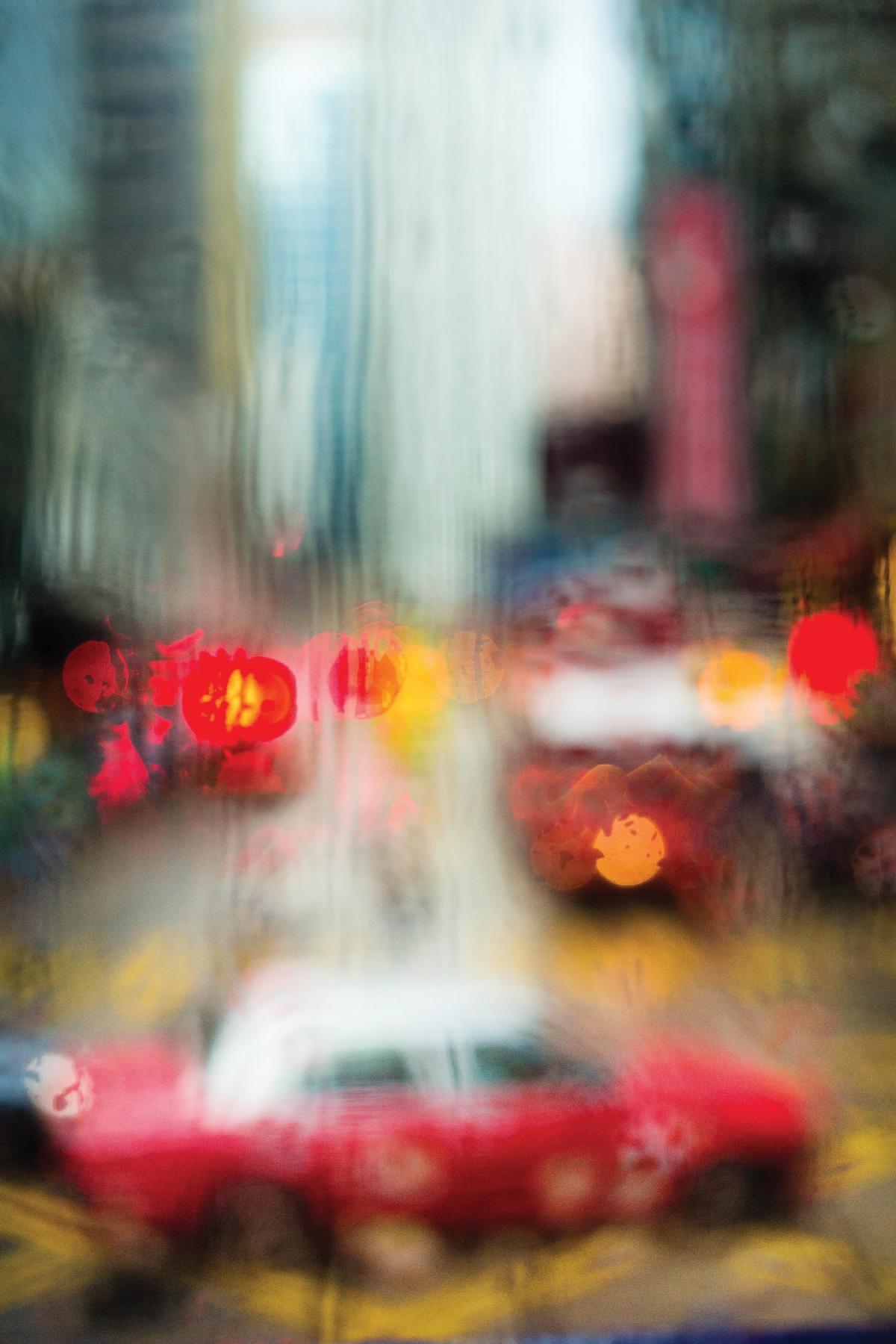
More than a few were also photojournalists. Ng and Greene do not buy into the distinction often made between fine-art photography and photojournalism. "Those who can take good pictures are excellent fine-art photographers," opines Ng.
"Now that everyone has a smartphone in their pocket, they realize how hard it is to create something that looks different - something with purpose that manages to speak to an audience," says Greene. "Before, it was like, 'Oh, if I had a good camera, maybe I could do that.' But you can't say that anymore: everyone's got a good camera."
"I think today more people are aware of how difficult it is to make a meaningful body of work."
- Heavy rainstorm leaves three dead, four missing in Hebei resort
- Ethnic integration on the grassland
- China renews alerts for rainstorms, high temperature
- Beijing restores power, communications, water-supply to flood-hit villages
- Helicopter sightseeing project takes off over Wuliangsu Lake
- Court calls for judicial aid to inspire innovation
















